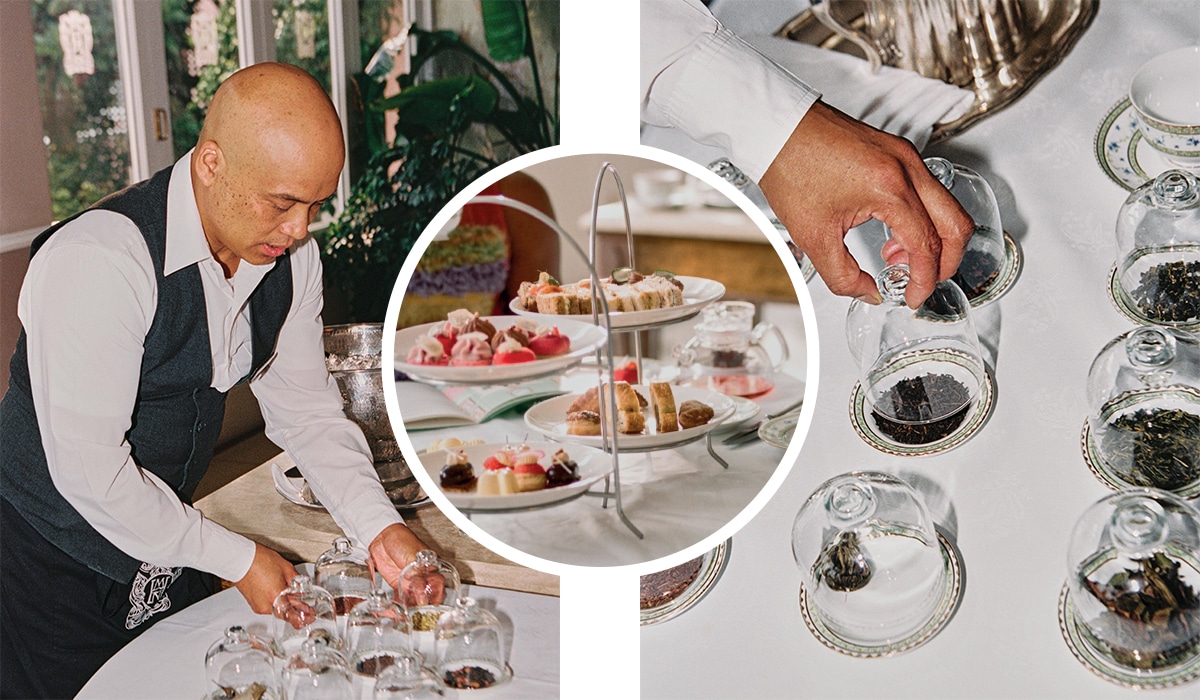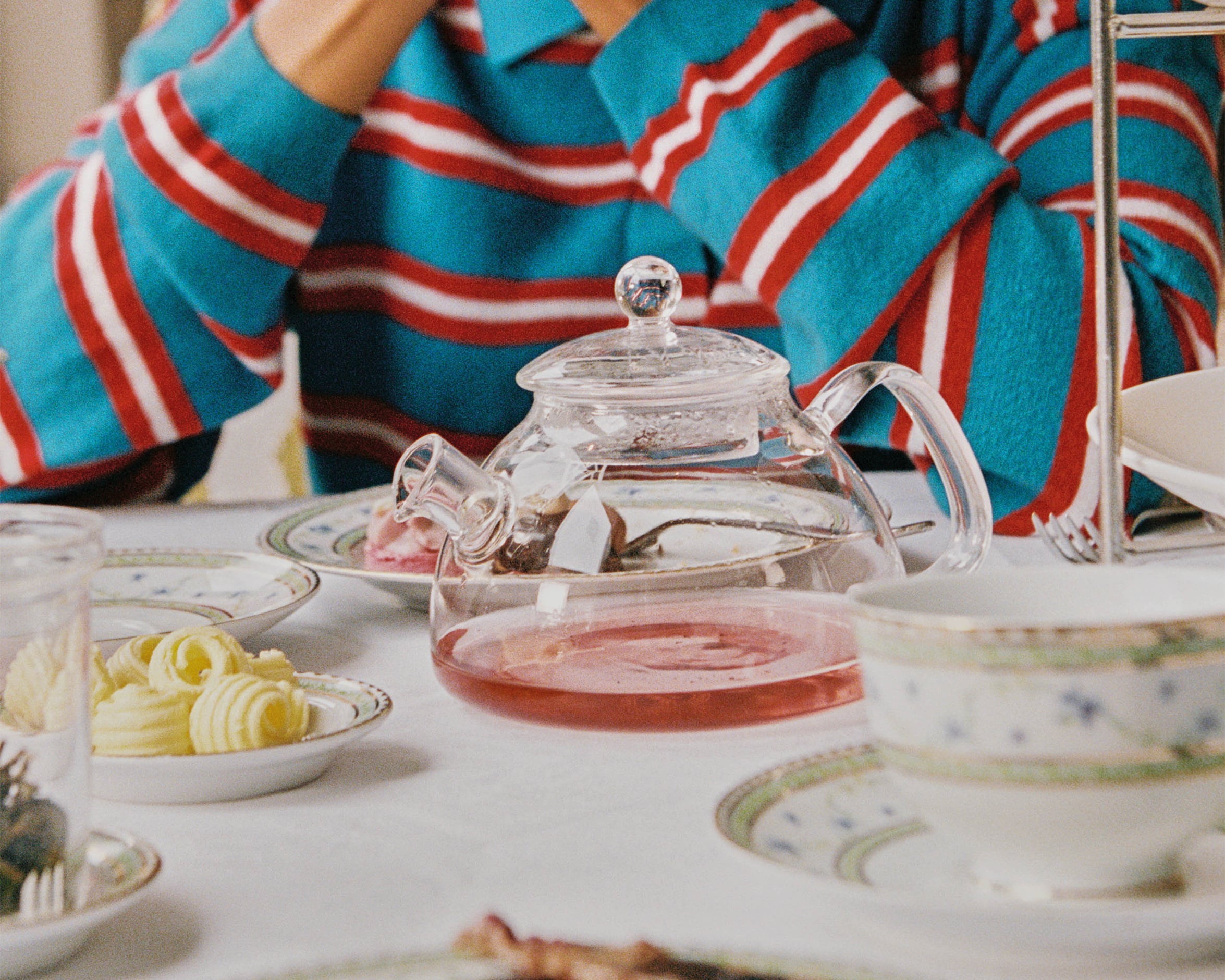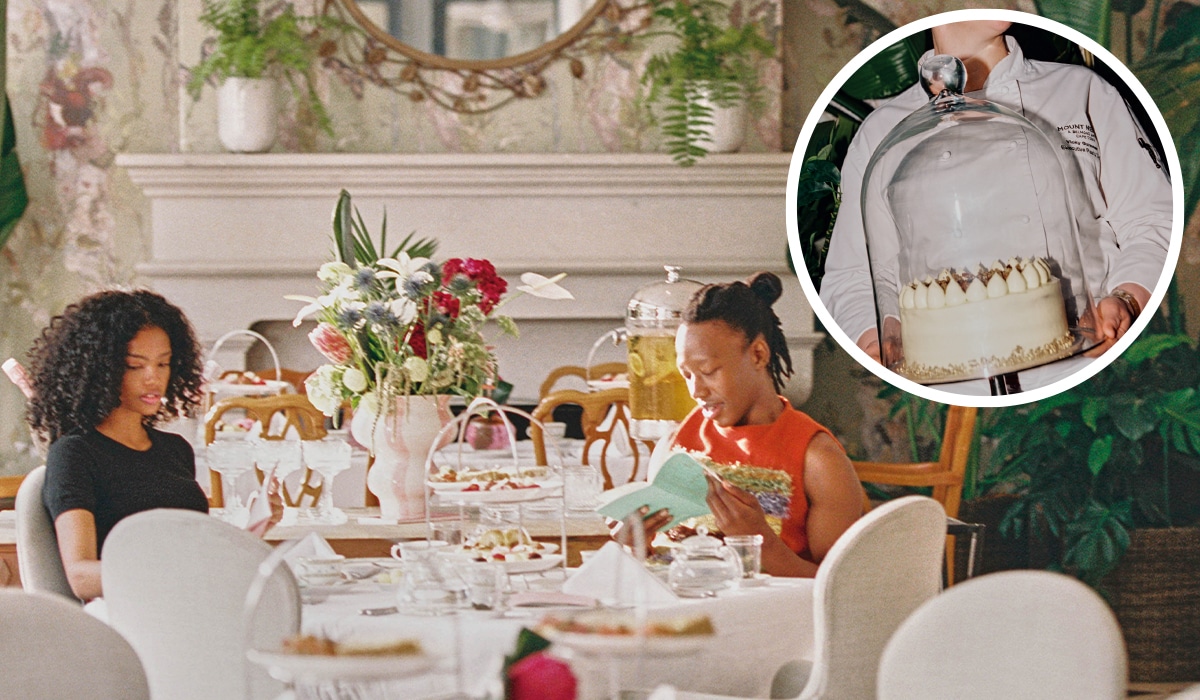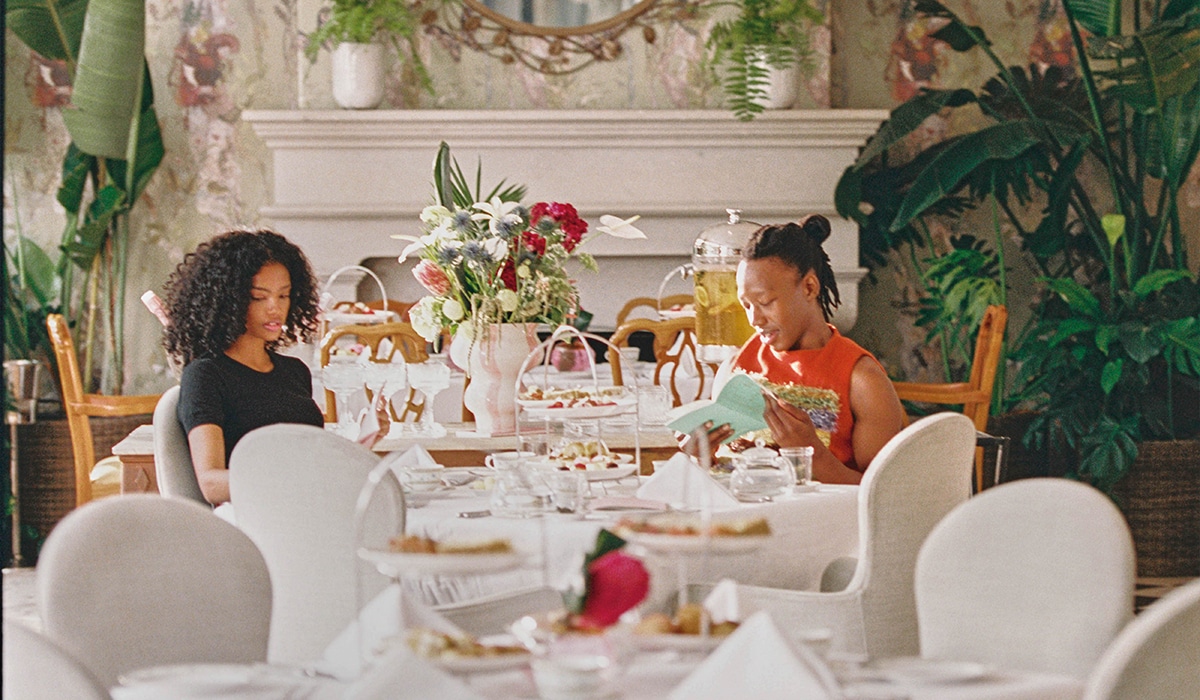As South Africa’s first certified tea sommelier, Craig Cupido’s job title embodies a passion that extends beyond the 60-odd teas he guides his guests through. For him, tea is a philosophy.
“There’s no love in this tea,” his mom would scold if someone did a poor job. “You didn’t dare make a bad cup of tea,” says Craig, who rather fortuitously went on to become South Africa’s very first tea sommelier.
At the iconic Mount Nelson hotel, where afternoon tea is a long-standing tradition, Craig’s passion is in tantalising guests’ tastebuds and widening their understanding of what tea is – and what it can be. He can guide guests through the flavour profiles of herbal tisanes (infusions) such as buchu, rooibos and honeybush, and talk them through the distinctive nuances of a vast variety of traditional Asian and African teas. There’s even a signature Mount Nelson blend made with a mix of teas from Darjeeling and Assam in India, Keemun and Yunnan in China, Kenya and Sri Lanka, plus a few pink rose petals (so the beverage matches the Nellie’s exterior colour palette).
His job being to expertly guide imbibers through what can sometimes feel like uncharted territory, he gets to help the uninitiated discover flavours that will suit their palate, match their mood and enhance the taste of what they’re eating. Aside from helping guests discover unfamiliar teas or find new favourites, Craig conducts tasting sessions, food pairings, masterclasses or traditional tea ceremonies.
He says certain questions come up often among people who arrive at the Nellie, curious about tea. Some of these revolve around its healing and medicinal properties. “Can tea improve sleep?” they ask. Or: “Which teas aid fat loss?” Many want to know about teas that enhance the mood, take the edge off or reduce anxiety. While he stays clear of offering medical advice, many of the conversations he has with guests ignite profound awareness of tea’s capacity to lift spirits or simply soothe. It can be life-changing work.

For Craig, it’s far more than a job, though. He lives and breathes all things tea, and has long given up measuring how much of the stuff he drinks in a day. “I don’t drink cups of it,” he says, “I drink pots of tea every day – and I try to get people to join me all the time.” He even has a tea set just for hiking. “I’m able to cold-infuse tea using fresh mountain water.”
Craig’s evolution as a tea expert over nearly two decades was kickstarted by a fortuitous meeting with a Mandarin-speaking man, who invited him for a tea ceremony and served him tea so unfamiliar and beguiling that Craig wasn’t even aware he was drinking tea. It was in fact Alishan High Mountain Oolong, known as the Champagne of Taiwanese oolong teas. That tea ceremony, with its focus on quietening the mind to achieve a state of heightened sensory perception, set Craig on a new life course. The old man’s son was Mingwei Tsai, director of Nigiro Tea Merchants, who ultimately became Craig’s mentor.
His training has involved tea ceremonies, tea-and-food pairings, and blending. In Taiwan, he studied tea-tasting and sipped teas with a professional tea master. And, in his work as tea sommelier at the Mount Nelson, he’s poured blends and speciality teas for thousands of people from all around the world.
More than a hot beverage, Craig sees tea as a philosophy. It’s why he’s so enamoured with ceremonial tea-drinking, which he views as a kind of ritual that brings people together. Such ceremonies are often lengthy, meditative and slow-paced, as much about connection between people, quietening the mind and tuning into the tea’s energy as they are about sipping and appreciating the beverage.
“Tea is often drunk in long sessions,” Craig says. “And through ceremony, it is often also a process of self-discovery and connection to others. Sometimes these sessions are quiet and reflective and can be quite philosophical. Tea helps you listen. It calms the mind and lifts your energy in a quiet manner. And tea gets me out of my head.”

Certainly, Craig’s relationship with tea has come a long way since his early childhood when his grandmother served him tea in a saucer. Later, he developed a taste for flavoured teas – blackcurrant was a particular favourite.
But tastes evolve. These days, Craig’s passion is for the nuances of pure teas. “I like the subtlety, the gentleness. And I like that they can express themselves – sometimes they whisper, sometimes they’re a little bit bolder.” And although he’s no longer a fan of flavoured teas, he happily makes an exception for jasmine tea. “Jasmine makes you feel pretty,” he says.
He’s even happy to assist confirmed coffee heads, the challenge being to introduce them to teas capable of blowing their espresso-loving minds. “I like to say coffee drinkers are also people,” Craig jokes. “I have no problem with them.” He says tea is more yin, while coffee is more yang. The solution? “Coffee drinkers often enjoy pu’er, which is a tea I really love.”
Pu’er (or pu-erh) is a tea that takes years to ripen and goes through fermentation as well as oxidation. “Many people say it tastes like dirt. It’s earthy, it’s beautiful, it’s like a forest floor, maybe with notes of leather. Whisky drinkers often like it.”
Whatever it is that makes pu’er special, it’s a stand-out for Craig, a favourite alongside Alishan High Mountain Oolong, which he still loves to drink ceremonially.
On the whole, though, Craig’s pretty democratic with his love for tea. “Whether it’s the subtleness of a white tea, the grassiness of a Japanese green tea, the fieriness of a Chinese green tea, the soft gentleness of Taiwanese green teas, which are similar to the Oolongs of Taiwan… they’re all lovely. I can find an ‘aim’ moment in all of them.”

Tea pairing
When choosing which teas to pair with a particular food item, Craig Cupido says there are lots of variables, including the unique tastes, likes and dislikes, and even the mood of the person looking to order. “A lot of teas go with sweet notes,” he says. “Black teas pair extremely well with sweetness.
Take Earl Grey, for example. It’s wonderful with strawberry jam, because that fragrant citrusy component of the bergamot oil partners up with the sweetness of the jam. And Earl Grey also works with anything orangey. Tea with a jasmine flavour also goes well with sweets — it’s very good with cheesecake. Our Japanese green teas go beautifully with matcha cakes; or you could opt for a tea with a sencha base — those grassy vegetable notes also pair well with sweet desserts.”
For savouries, Craig recommends black teas and Japanese green teas. Meat dishes pair well with pu’er or a smoky black tea, such as lapsang souchong, which is an acquired taste. Lapsang souchong is also a tea you can cook with and goes amiably with mushroom and truffle type flavours. For foods with subtler flavours, Craig says: “Use lightened green teas, a subtle Taiwanese oolong, or maybe a white tea, which also pairs well.”
By: Keith Bain
Photography by: Mount Nelson, A Belmond Hotel, As seen by Poppy Thore
Text courtesy of Livingspace magazine
Also read: Spilling The Tea About Matcha







